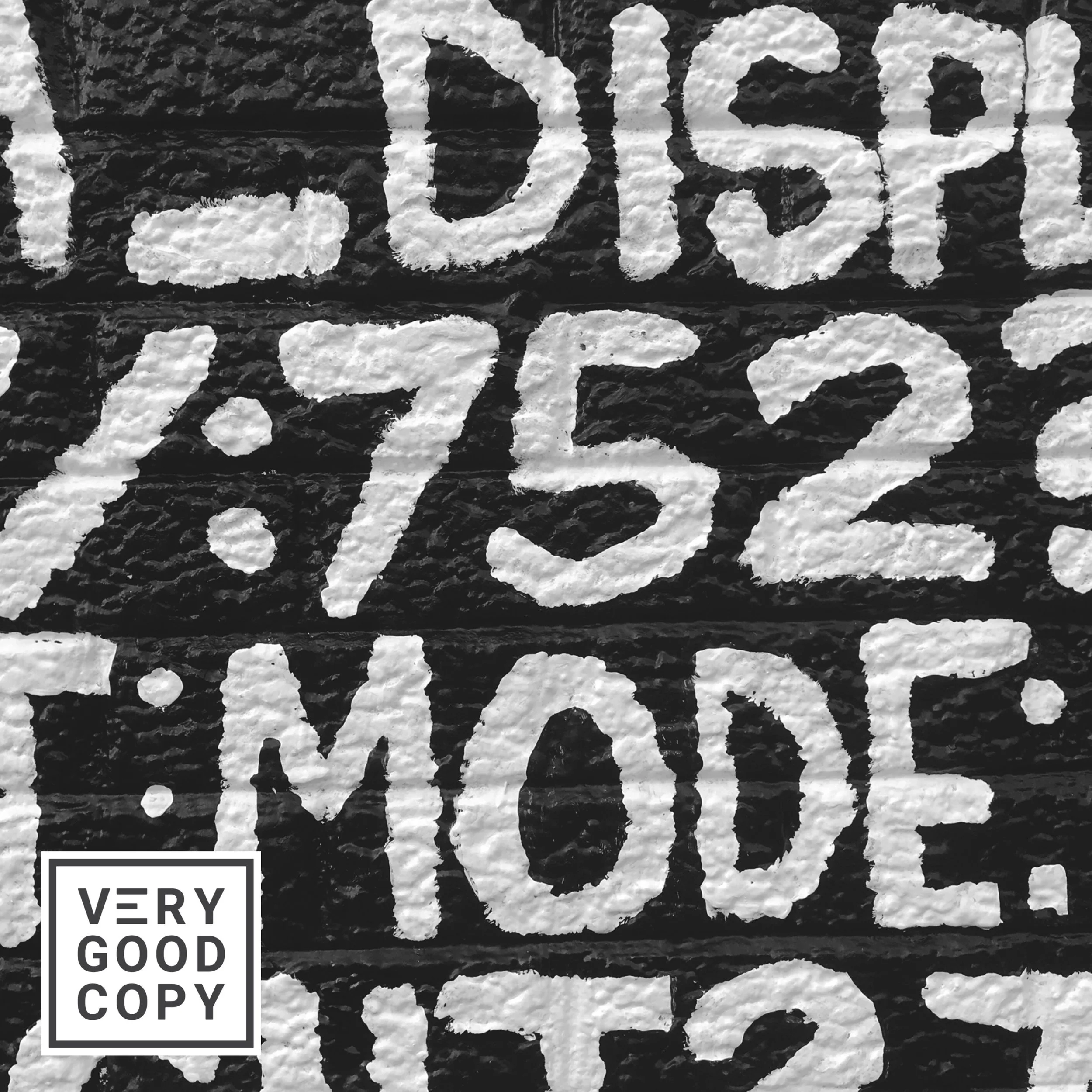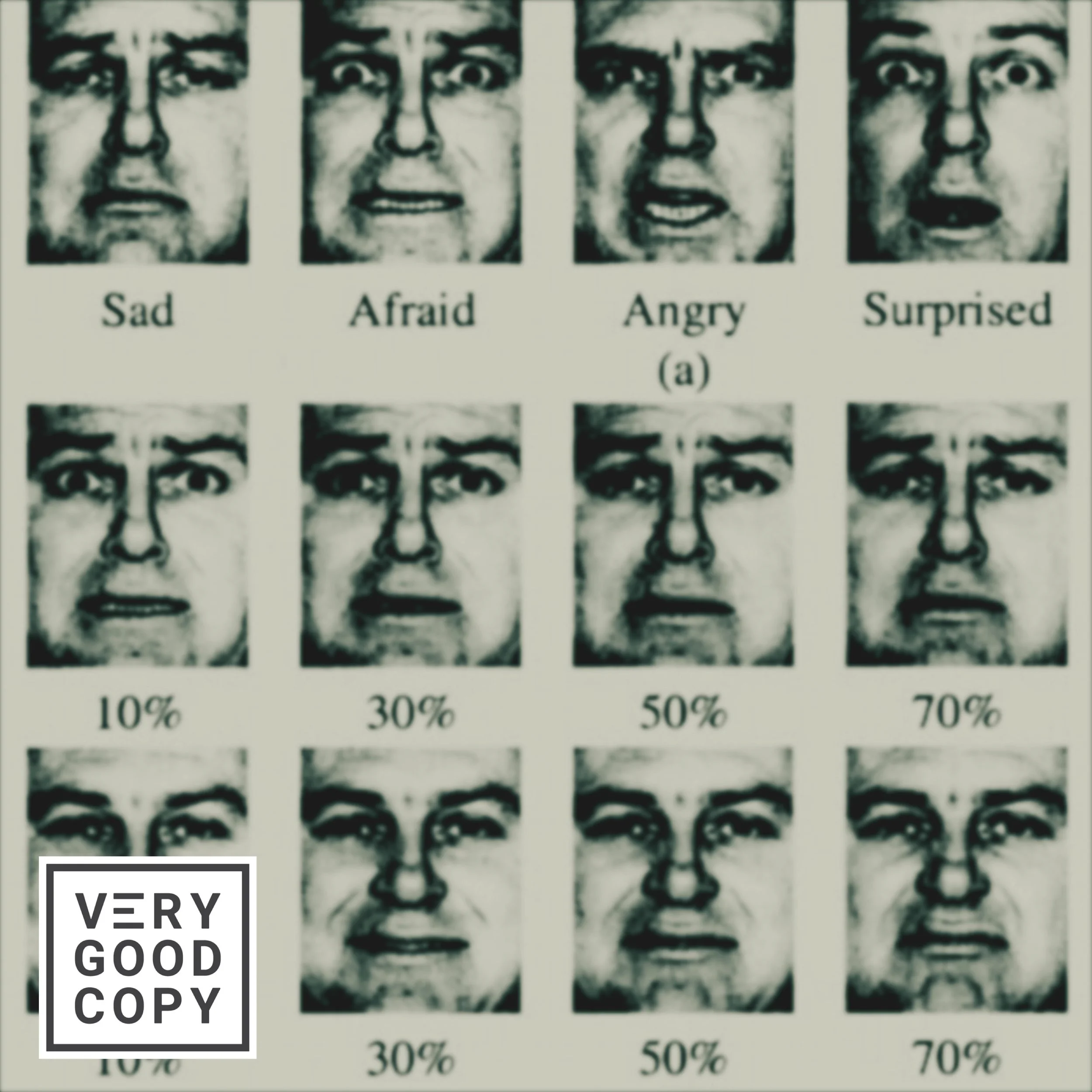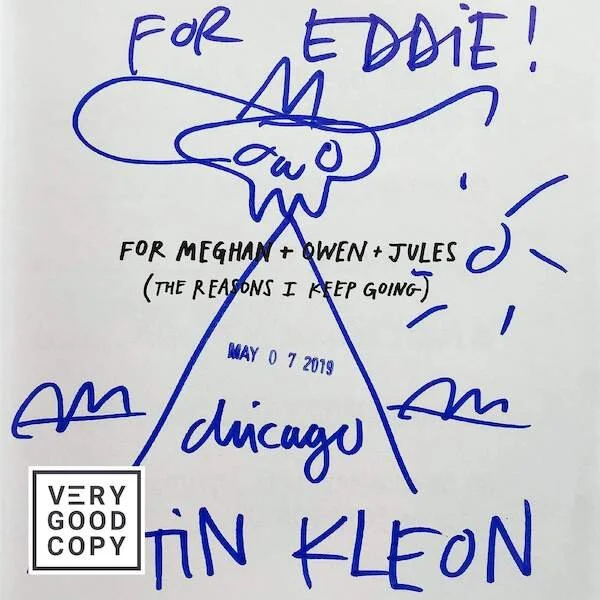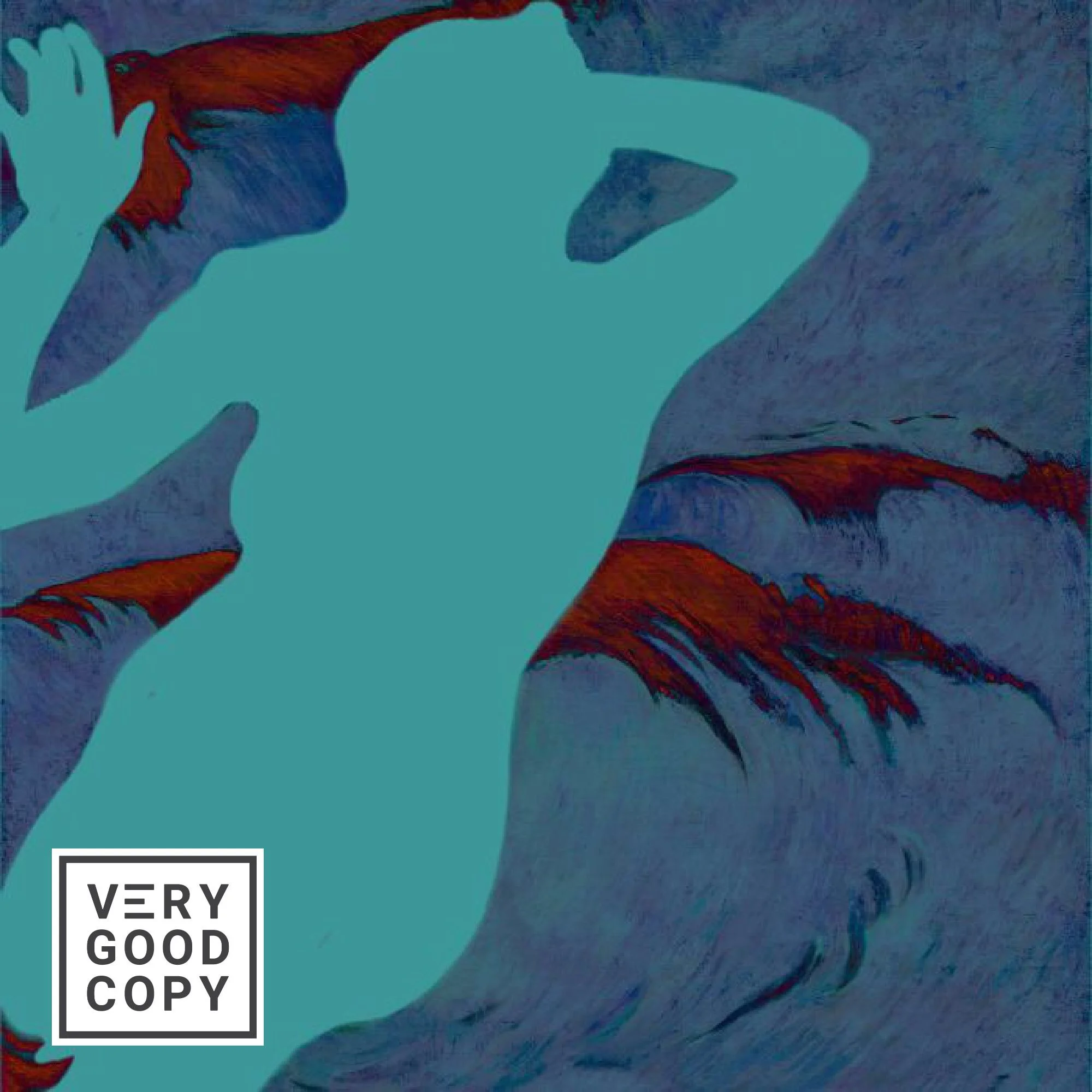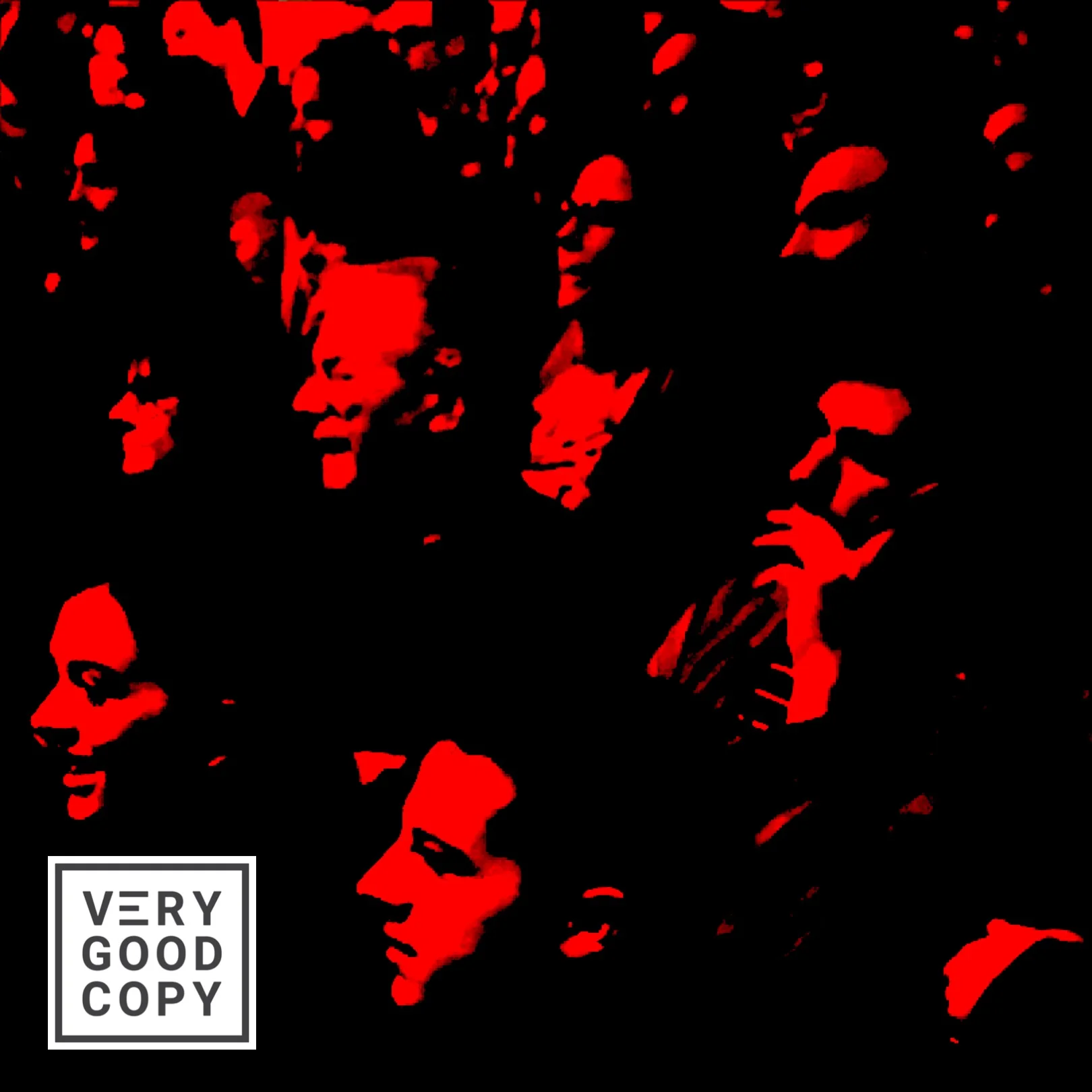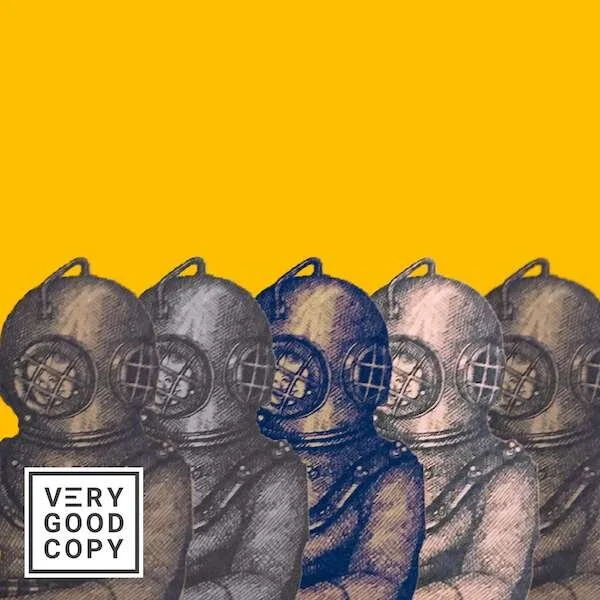![VeryGoodCopy [Small].png](https://images.squarespace-cdn.com/content/v1/5615edeae4b0b9df5c3d6e90/1543006830715-BRI2OHPZ77BEXJK1W7BY/VeryGoodCopy+%5BSmall%5D.png)
What is good writing?

Good writing is, first and foremost, clear.
“[A good writer] makes it easy for the reader,” wrote the late, great Gary Halbert. “[He makes it] easy to understand what he is saying, easy to keep reading.”
That said...
What you’re about to read might be the worst sales email ever written.
I’m serious…
WAIT! Want to hear me speak?
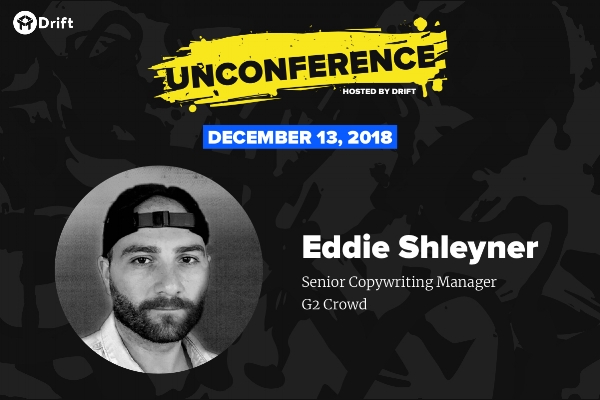
It was sent to a CEO. A salesperson was trying to persuade him to take a call. The CEO was so put off by the message that he shared it on social.
I won’t tell you the CEO’s name or link to his post because he didn’t redact the company when he shared it. That’s his prerogative. Personally, I’m not interested in “exposing” bad writers. But I am interested in learning from their mistakes.
And this email is ideal for that.
Here’s the transcript:
Dear [CEO],Very much reaching out of the blue here, but would love to connect & explore potential synergies w [COMPANY], crosschain coin-agnostic platform w 3rd Gen unifying ledger, biometric wallet & zero gas fees or staking?W integrated storefronts & incentivization, & 7 mln users in the ecosystem, we’re picked by UK gvrnmt as an easy button for blockchain.Let me know if we may chat?Best,[SALESPERSON]
Uuuh…
“Mistakes were made.”
Many mistakes.
But these two stand out...
Mistake #1: Jargon
OK. Let’s see...
“Crosschain coin-agnostic platform”
“3rd Gen unifying ledger”
“Biometric wallet”
“Zero gas fees”
“Staking”
The list goes on (and it sounds mind-numbing even for someone who knows what these words mean).
Jargon is the enemy of comprehension. It makes people think too much. Good copy is almost always void of it.
Basically, jargon is lazy.
Its presence, in my opinion, means the writer didn’t feel like coming up with an explanation. That is, the writer didn’t feel like thinking—like doing the work—so she passed that burden onto the reader.
Don’t be lazy. Do the work.
The success of your copy depends on it.
Mistake #2: “What’s in it for me?”
Your audience is eager to find a reason—any reason—to stop reading.
“What’s in it for me?” is playing on a constant loop in your reader’s mind.

So as a copywriter, you must make it a point to tell the reader what she stands to gain as soon as possible. This email doesn’t do that. It doesn’t pass the “What’s in it for me?” test.
Not even close.
Want definitive proof?
Go back and read it again.
You won’t find the word “you” in there once.
Don’t make these two big mistakes in your next sales email.
And if you do, don’t expect a reply.
LEARN TO PERSUADE
![VeryGoodCopy [Small].png](https://images.squarespace-cdn.com/content/v1/5615edeae4b0b9df5c3d6e90/1543009736972-Z1Q1X4RFRAGCX0FIJ0HZ/VeryGoodCopy+%5BSmall%5D.png)
WRITE BETTER.
MARKET BETTER.
SELL MORE.
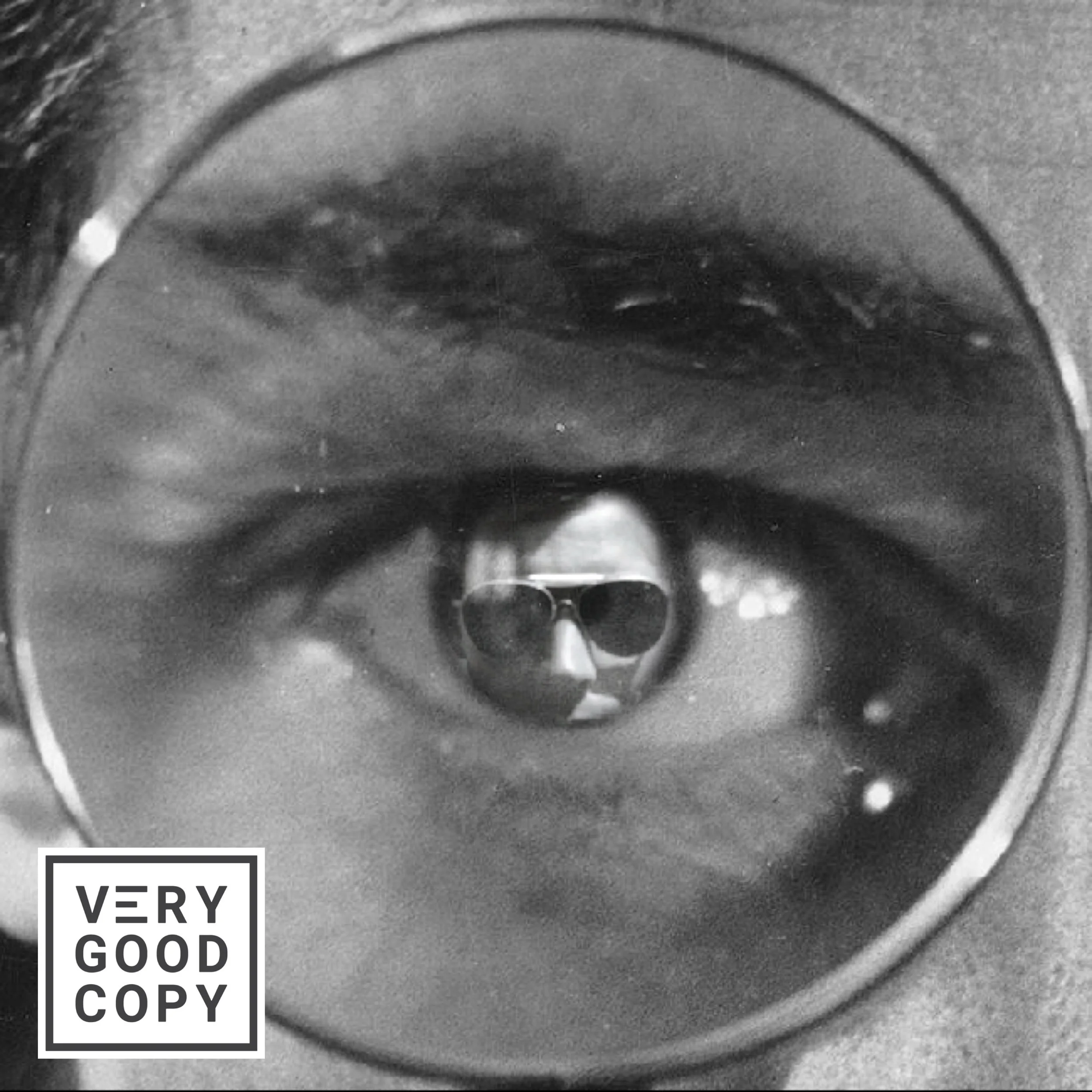
COMMENT BELOW

Judge not lest ye be judged.







































![How copywriters put prospects in the buying mood [quick trick]](https://images.squarespace-cdn.com/content/v1/5615edeae4b0b9df5c3d6e90/1533095575515-C2JPAZA3C46IBX00EMM8/Put+prospects+in+the+buying+mood+%5BVGC+art%5D.JPG)



